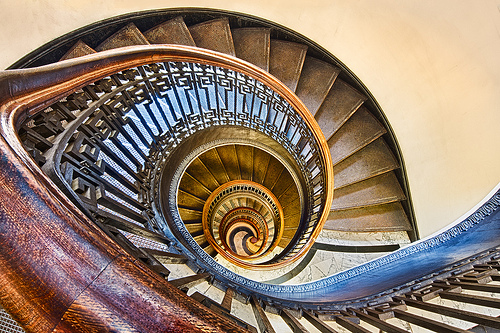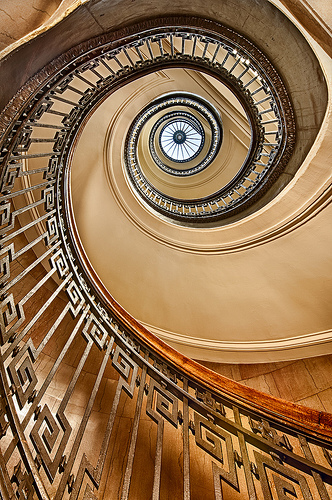Nestling among the stone behemoths that line the canyons of San Francisco’s financial district is a comparatively modest neoclassical building. This is the San Francisco Mechanics’ Institute, housing a library, the oldest continuously operating chess club in the United States, and office space. If you were wandering around downtown San Francisco, unless you knew it was there you would probably never notice the Mechanics’ Institute. Blink, and you miss it.

The idea of the Mechanics’ Institutes was to give an education, particularly in technical subjects, to working men. The first Mechanics’ Institute was founded in 1823 in Edinburgh, Scotland. The libraries of the Mechanics’ Institutes were promoted to philanthropists as a positive alternative to gambling and drinking.
The San Francisco Mechanics’ Institute is one of the three that survive in the United States. It was founded in 1854 to help out-of-work gold miners. A 1906 merger with the Mercantile Library Association extended the focus of the Mechanics’ Institute Library, and today it covers all subjects with a focus on literature, fine and performing arts, history, philosophy, business, finance, and periodicals that are hard-to-find in electronic format. Membership is open to everyone, and events at the library are intended to encourage the intellectual development of members.

Construction began on the current 9-story San Francisco Mechanics’ Institute building in 1909, three years after the great San Francisco earthquake. The architect was Albert Pissis, one of the city’s best-regarded exponents of classical architecture. From the beginning, the building was intended for mixed-use: office space rentals would support the library.
No one can claim that Albert Pissis was flamboyant or innovative in his designs, but he certainly was meticulous about materials and details. In particular, the circular iron stairway with walls of Belgian black marble and Tennessee pink marble is spectacular.
About the images: These are HDR (High Dynamic Range) multi-shot captures, made using a tripod on an overcast day. Each image was made using a 14-24mm lens at 14mm, from six exposures at shutter speeds ranging from 2 seconds to 2 minutes, with each exposure at f/22 and ISO 100. I combined the exposures using Nik HDR Efex Pro and hand-layering in Photoshop.
JTasoff
25 Apr 2012If anyone need an “alternative to gambling and drinking,” it would be those interested in a”focus on literature, fine and performing arts, history, philosophy, business, finance, and periodicals that are hard-to-find in electronic format.”